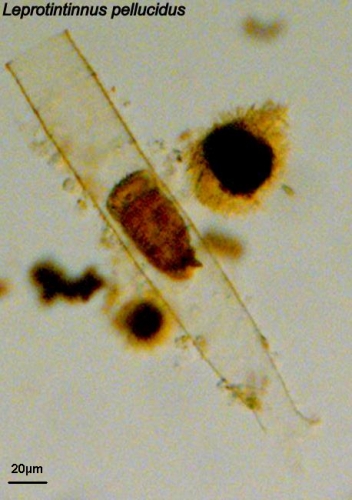Sea ice is a dominant feature of the polar seas and acts as a pivot-point through which changes in climatic patterns are translated to marine ecosystems. Recent research indicates that its seasonal cover has greatly diminished over the Arctic (http://www.arctic.noaa.gov) and is projected to decline further, particularly, in the Barents Sea, one of the most productive shelf systems in the world. Understanding and predicting changes in polar marine ecosystems will require insight into the coupled nature of physical and biological interactions. An area of special interest is the immediate fate of planktonic primary production, since sea birds and marine mammals such as whales, seals, and polar bears, all depend on the efficient transfer of energy from phytoplankton (primary producers) to planktonic crustaceans to fish. This study funded by the National Science Foundation Arctic Program is focusing on microzooplankton, a critical trophic link between pelagic primary production and the higher trophic levels.
 |
|
|
 |
 |
Arctic Landscapes and Seascapes |













